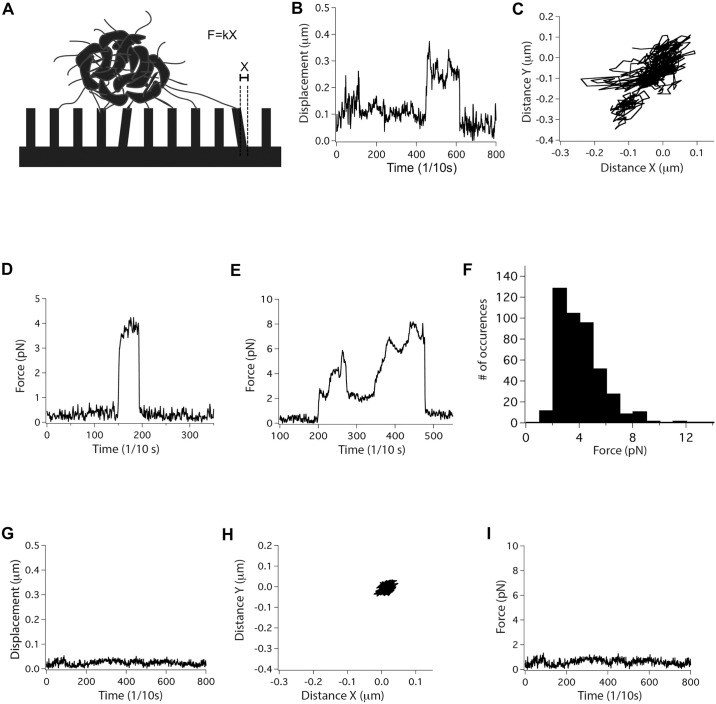Fig 5. Micropillars assay demonstrates that TCP are retractile.
(A) Illustration of the micropillars assay set-up. The force of retraction, F, is the product of the spring constant of the micropillars, k (here k = 25 pN/μm), and the displacement of a micropillar from its resting position, X. (B-F) Data plots from micropillars assays for V. cholerae ΔflaA. (B) Displacement of a single micropillar under a bacterial aggregate over time, measured from its resting position. The displacement is representative of hundreds of micropillars motions analyzed for several hours of recordings. (C) Projection in X and Y of the movement of the micropillars shown in (B) over the same period of time. (D, E) Representative values for force exerted on a single micropillar as a function of time for two separate retraction events. (F) Histogram of the force distribution for recorded TCP retraction events for V. cholerae ΔflaA. (G-I) Representative results for V. cholerae ΔtcpB/ΔflaA showing (G) the displacement of a single micropillar over time, which is not detected above noise level, (H) the projection in X and Y of the movement of the micropillars shown in (G), and (I) the calculated force exerted on the same micropillar over the same period of time.

